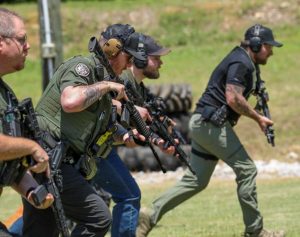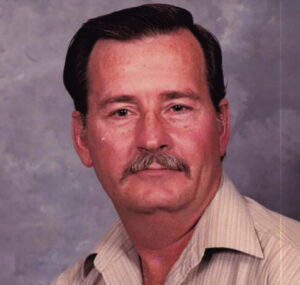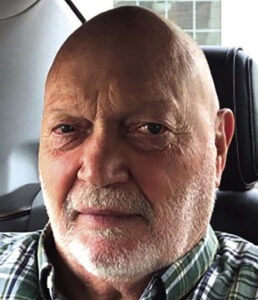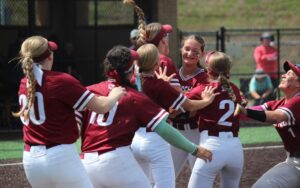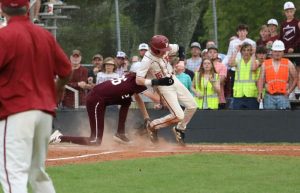Decoration Day at Lebanon
A. Ray Lee
Columnist
Last Sunday was Decoration Day at Lebanon – the final day of an event that began on Friday when those with friends and family buried in the church cemetery came to place flowers upon their graves. The grass had been neatly mowed earlier in the week as is now the custom in contrast to the practice of years passed when families cleared the graves with hoes and rakes before sweeping them clean and covering them with flowers from their gardens. By Sunday afternoon much of the cemetery was bright with floral arrangements.
At the front of the cemetery near the church building, in a section shaded by ancient Cedar trees, are the graves of members and descendants of those who settled the county and, with grateful hearts for God’s blessings, covenanted together to establish a congregation of believers. The congregation soon became known as Lebanon Baptist Church taking its name from the abundant cedars in the area like the biblical Cedars of Lebanon.
For over 170 years the church has shaped and molded countless lives and even the character of the community in which it continues to exist and minister.
Today a generation without knowledge of the church’s history and the lives of a multitude of faithful members may question the value of the tradition of remembering and honoring those who have journeyed through life before us. Personally, I think it is fitting that we embrace our history and recognize those who did much to shape and mold our lives. Certainly my life and calling have been greatly influenced by the faith and examples of many of those who lie beneath the sod awaiting the final resurrection.
When I lived in the adjacent church parsonage, some quiet evenings after a busy day of ministry I would walk among the markers reading the names and dates chiseled upon the stones. I had a compelling interest for many of my family, including my great grandfather Henry Quattlebaum whose gravestone openly declares he rode with Hardee’s Cavalry as a young teenager opposing the march of Sherman through Georgia, are buried there. In the latter years of the 19th century, Henry’s name is listed on the membership roll of the church as are the names of many other family members of past generations who were faithful to the call of God upon their lives.
Late Sunday evening as I again walked among the carefully tended graves, I shared the conviction the writer of the Book of Hebrews had when he wrote to prefaced his roll call of the faithful that although they had passed from this life “being dead did yet speak.” In the recesses of my mind, words of encouragement and assurance from the past clearly resonated.




